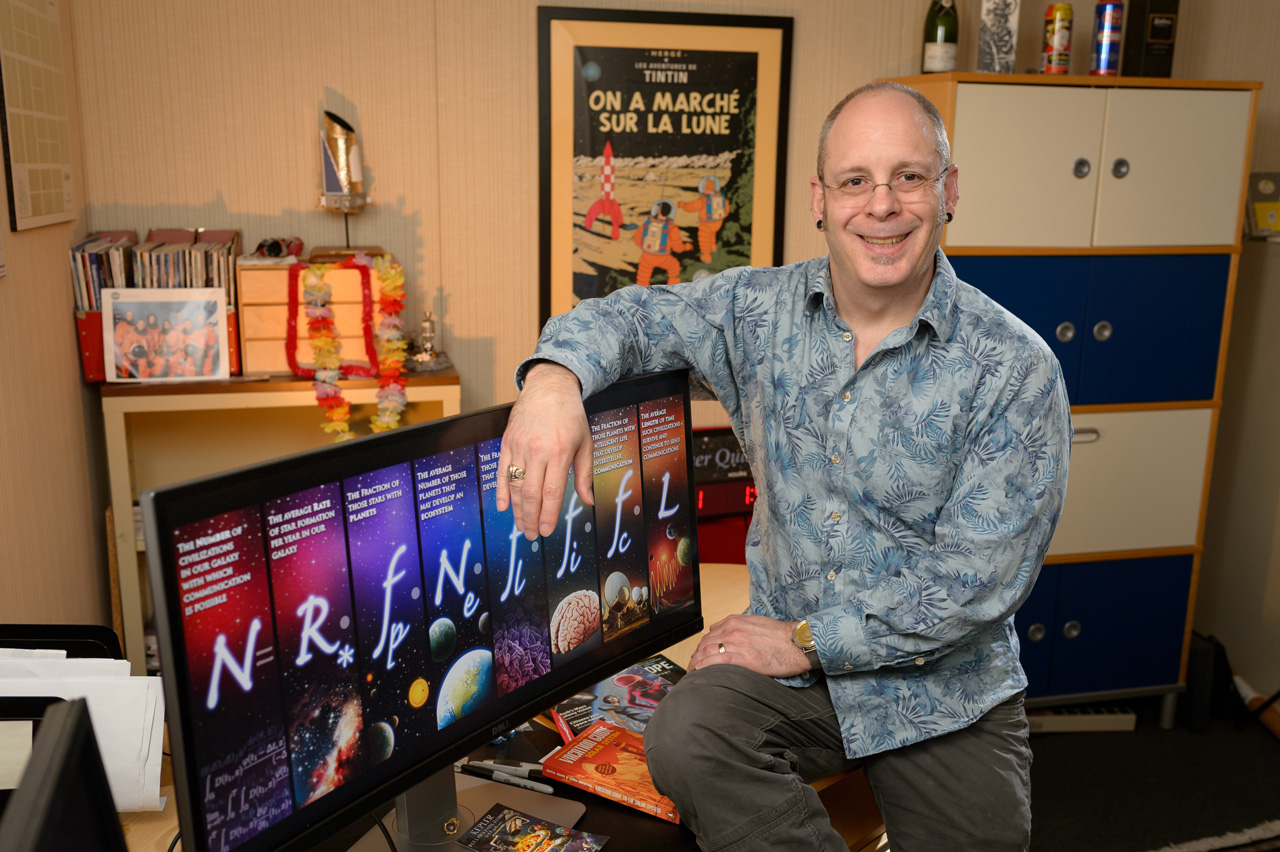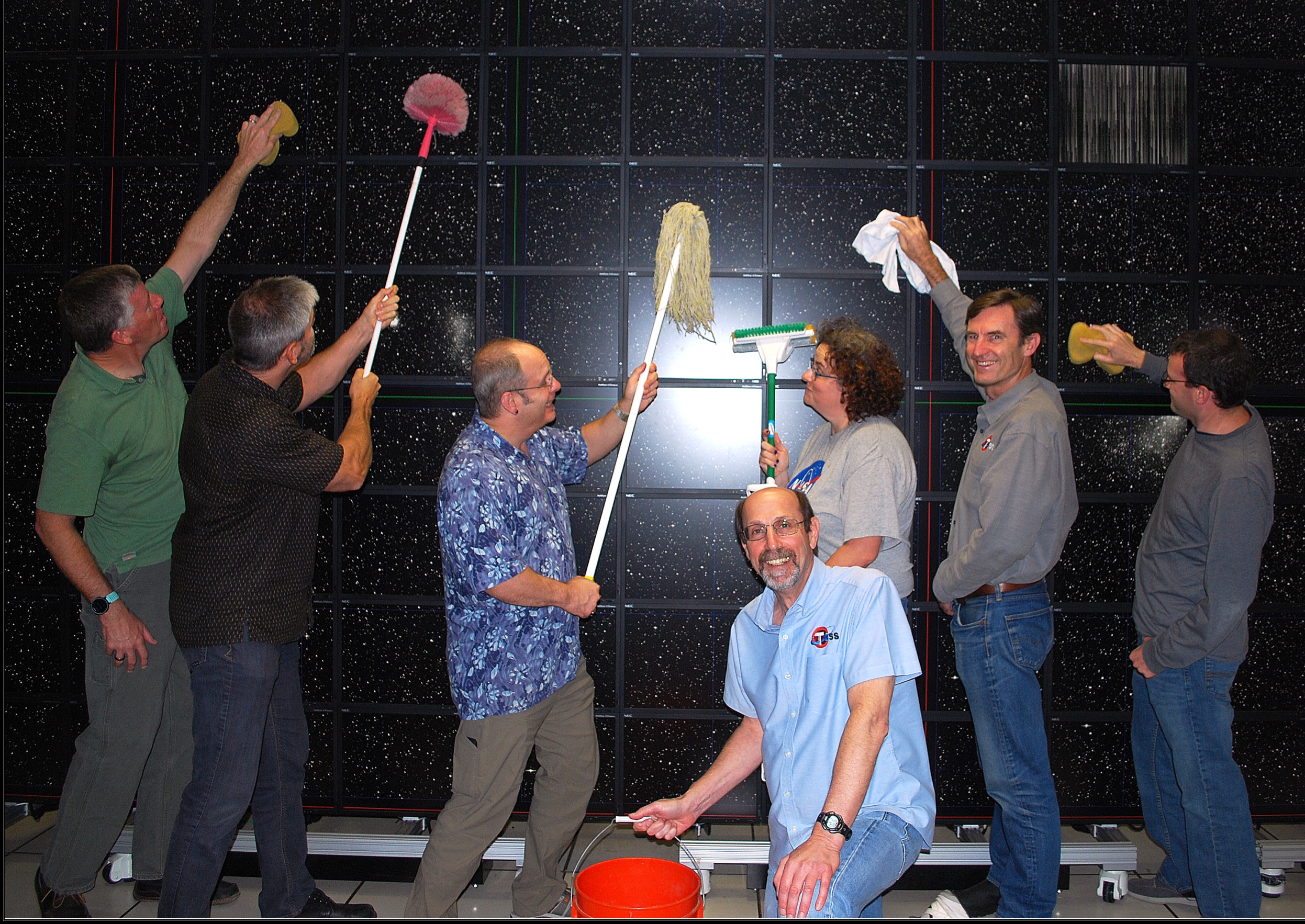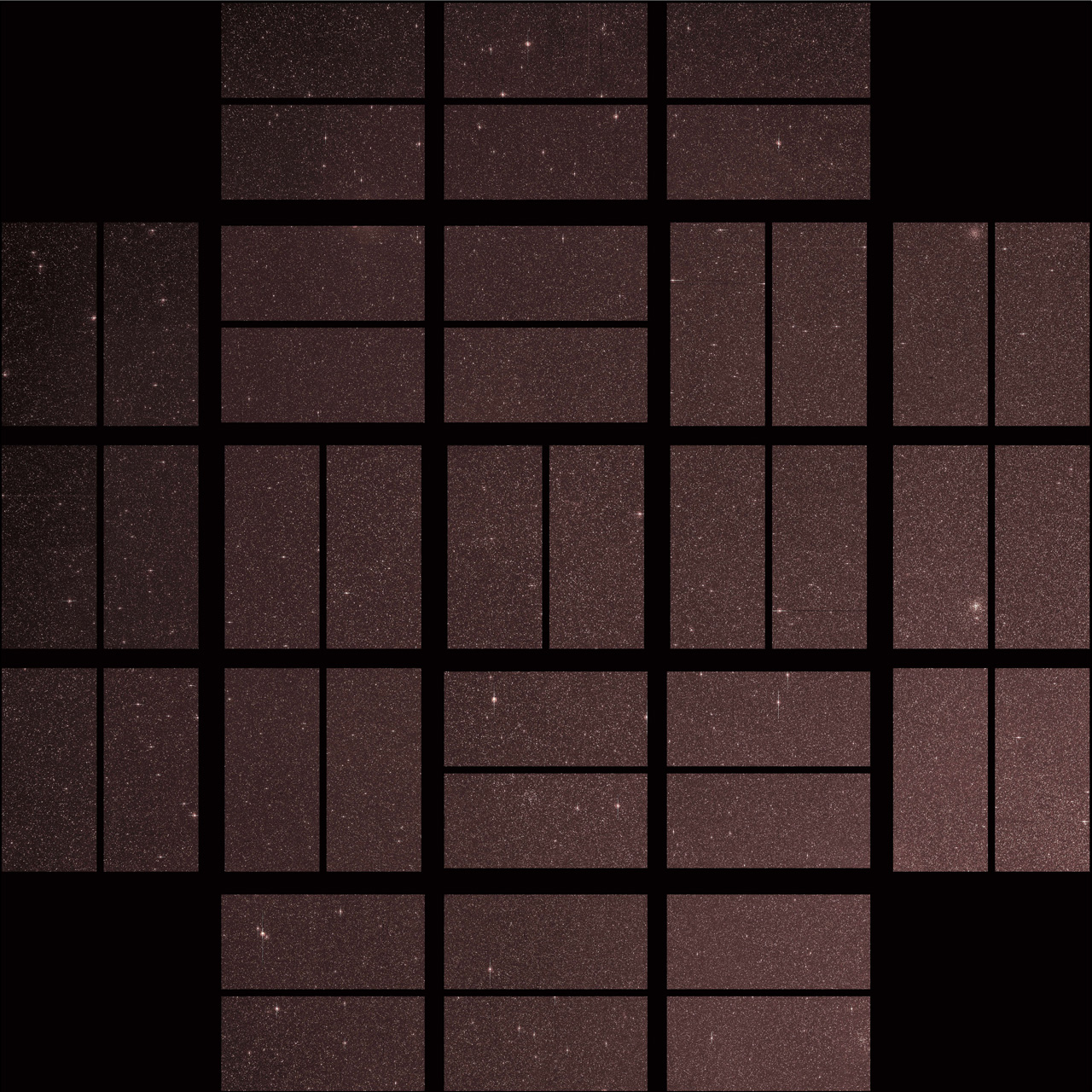
Jon Jenkins
Co-Investigator for Data Processing - NASA Ames Research Center
I was born in Florida, and my dad’s career in aerospace and software engineering took us to Philadelphia and Oak Ridge, Tennessee, in between stints living on Merritt Island, Florida. I spent nine years in Atlanta at the Georgia Institute of Technology before moving to the San Francisco Bay Area to work at NASA Ames Research Center.
I grew up in the shadow of the Vehicle Assembly Building at Kennedy Space Center and watched many launches including Apollo, the shuttle and others. Nothing can compare to the thrill of watching a rocket roar up to the heavens in person. Exploration of space is a quintessential human endeavor that speaks to the insatiable curiosity, ingenuity and persistence of the human race. My mom and dad met on a blind date while working at Kennedy Space Center. My dad also read science fiction voraciously and my brothers and I were likewise afflicted. My first sci-fi novel was “Have Spacesuit — Will Travel” by Robert A. Heinlein, and my first science project in school was a diorama of the solar system in the third grade. Space science and the space program have been lifelong passions for me.
I was an electrical engineering student at Georgia Institute of Technology and was behind on paying my rent. My roommates introduced me to professor Paul Steffes, who was performing research in remote sensing of planetary atmospheres for NASA and needed research assistants in his lab. It was a win-win situation: I found a side-door entrance to space research as a junior in college and I was able to pay my rent on time from then on.

I help discover small, rocky, potentially habitable planets orbiting other stars in our galactic neighborhood. Specifically, I led the design and development of the algorithms and software for the Kepler and TESS missions that we use to process the image data to search for transits. A transit is when a planet orbiting another star crosses in front of its star from our point of view, blocking a small fraction of the light for several hours during each orbit. The drop in brightness tells us how big the planet is. We can estimate the average distance between the star and the planet with this method. The average distance, together with the size and temperature of the star, tell us how much radiation the planet experiences, and therefore whether there could be liquid water on the surface.
In graduate school, I studied the atmosphere of Venus using the radio transmitter aboard both the Pioneer Venus Orbiter and the Magellan spacecraft. These experiments allowed us to map the temperature and pressure profiles of Venus with unprecedented precision, and the Magellan data allowed us to measure atmospheric waves.
My absolute favorite mission has been Kepler, NASA’s first spacecraft capable of finding Earth-size planets orbiting Sun-like stars. The Kepler primary mission lasted four years and discovered more than 2,300 confirmed planets; its K2 mission that followed has discovered more than 300 confirmed planets. These results show that every main-sequence, or hydrogen burning, star has at least one planet, on average. These discoveries include dozens of confirmed planets in the habitable zone of their star where liquid water would pool on the surface of a rocky planet.
I can’t leave out TESS, which is following in Kepler’s footsteps to find Earth’s nearest neighbors by conducting an all-sky survey that covers a field of view 400 times bigger than Kepler’s. TESS is just getting started, so I’m keen to see what unexpected scientific discoveries come out of it.
Developing the Kepler mission proposal and then designing and implementing the mission was hugely challenging, occupying more than 22 years of my life. Trying to detect the signature of an Earth-size planet transiting a Sun-sized star is like watching a car at night several miles away driving toward you and detecting whether an insect flies across the headlight. I joined the mission concept team in 1995 after it had been rejected in the 1994 NASA Discovery Mission competition. It took more than six years and three more proposals to NASA before we convinced our colleagues that the technology was ready and that we could meet the budget of the Discovery program. The Kepler mission seems to be an accomplished one today, but 30 years ago the astronomical community didn’t believe that we could overcome the technical hurdles to be able to detect small, rocky planets around other stars using the transit technique. In addition, I needed to recruit a large team of software engineers, data scientists, astronomers and operations engineers to build and operate the science data processing facility. All told, I hired 26 people to work on the Kepler mission.
In March of 2002, I fell 25 feet onto a flat, icy surface while wearing skis. My femur split my tibia when I landed. While I managed to control my descent down the slope and stop safely, it would be more than a year before I would be able to walk again without aid. This accident was the end of my skiing career but it gifted me with a long, hard road to recovery and the experience of being disabled in a world that is geared toward the able-bodied. I learned firsthand about stores with aisles too narrow for wheelchairs, wait staff at restaurants too willing to insist on taking my crutches away from me, and the importance of respecting handicapped parking and seating. I can walk without a limp today and am an avid weightlifter thanks to my excellent surgeons and the care of my wife over three surgeries and many months of rehabilitation. Adversity can teach you that you can overcome great obstacles — and it can open your eyes to new opportunities and to cultivate new skills and hobbies.
My father is a big inspiration to me. He joined the Air Force in 1945 and was stationed in Japan after the end of World War II, and he was later recalled from college for the Korean War. He was the first in his family to get a college degree — aeronautic engineering at Georgia Tech — and did so on the GI Bill. He designed new jets for the Air Force and then joined the space program at Kennedy Space Center where he worked on Mercury, Gemini, Apollo and the Space Shuttle. He is very proud to be one of the early software engineers and to have worked on NASA projects most of his career. He’s 90 years old now and still reads science fiction voraciously and is able to drive and live on his own.
Designing, building, launching and operating missions like Kepler and TESS require many different skillsets and specialties, from electrical, mechanical, thermal and systems engineers (to name a few), scientists and astronomers, to management, finance personnel and artists. It takes a veritable army to pull off these amazing projects. It is also advantageous to be multi-disciplinary: my educational background is in electrical engineering with specializations in image and signal processing, and in mathematics. I applied myself first to remote sensing of planetary atmospheres, and then to the problem of detecting weak transiting planet signatures against stellar and instrumental noise. Having a strong engineering and mathematics background as well as being a scientist and astronomer has positioned me to make critical contributions to Kepler and TESS. Many paths can lead to a career with NASA and in space science. Look for internship opportunities at NASA centers and look for universities with professors doing research for NASA that fascinates you.
My three children are named after the constellations Cassiopeia, Orion and Delphinus. My hobbies include making lemon wine, roasting coffee beans and playing in ukulele festivals. I’ve been to the Outer Hebrides and tracked down umpteen standing stone circles in Scotland. I speak German and some Spanish and love a food challenge — I have yet to find something too spicy or that I wouldn’t try at least once.
I also love giving talks to elementary and middle school students and inspiring the next generation! I’ve given talks to my children’s middle school classes and to 90 second-graders at my wife’s school.

Here is the first-light image for the Kepler Mission. This was the first indication that Kepler’s telescope and spacecraft were working properly and that we would be able to determine the frequency and distribution of small, rocky, possibly habitable planets in the solar neighborhood. It was the culmination of several decades of work by thousands of people whose contributions made it possible. Launch and commissioning was a thrilling time and I was hoarse for several weeks after shouting encouragement to Kepler as she lifted off. It’s a terrifying time, too, as the risk is highest during launch and early operations. It’s like watching your toddler take her first steps on the high trapeze without a net below.
We had to release a dust cover and open Kepler’s “eyes” to carry out the science observations one month into the mission and there was a small risk that the dust cover would not eject properly. The release mechanism worked flawlessly, however, allowing us to obtain this image of the field of view and the more than 200,000 stars we would observe in detail over the first four years of Kepler’s journey. Nine years and more than 2,500 planets later, it’s clear that Kepler surpassed all of our expectations. It opened the way to missions like TESS and the upcoming James Webb Space Telescope to discover and then characterize the atmospheres of other exoplanets orbiting closer, brighter stars than Kepler observed and, perhaps one day, to detect the signatures of biology in the atmosphere of a distant world orbiting another Sun.
Planetary science is a global profession.

